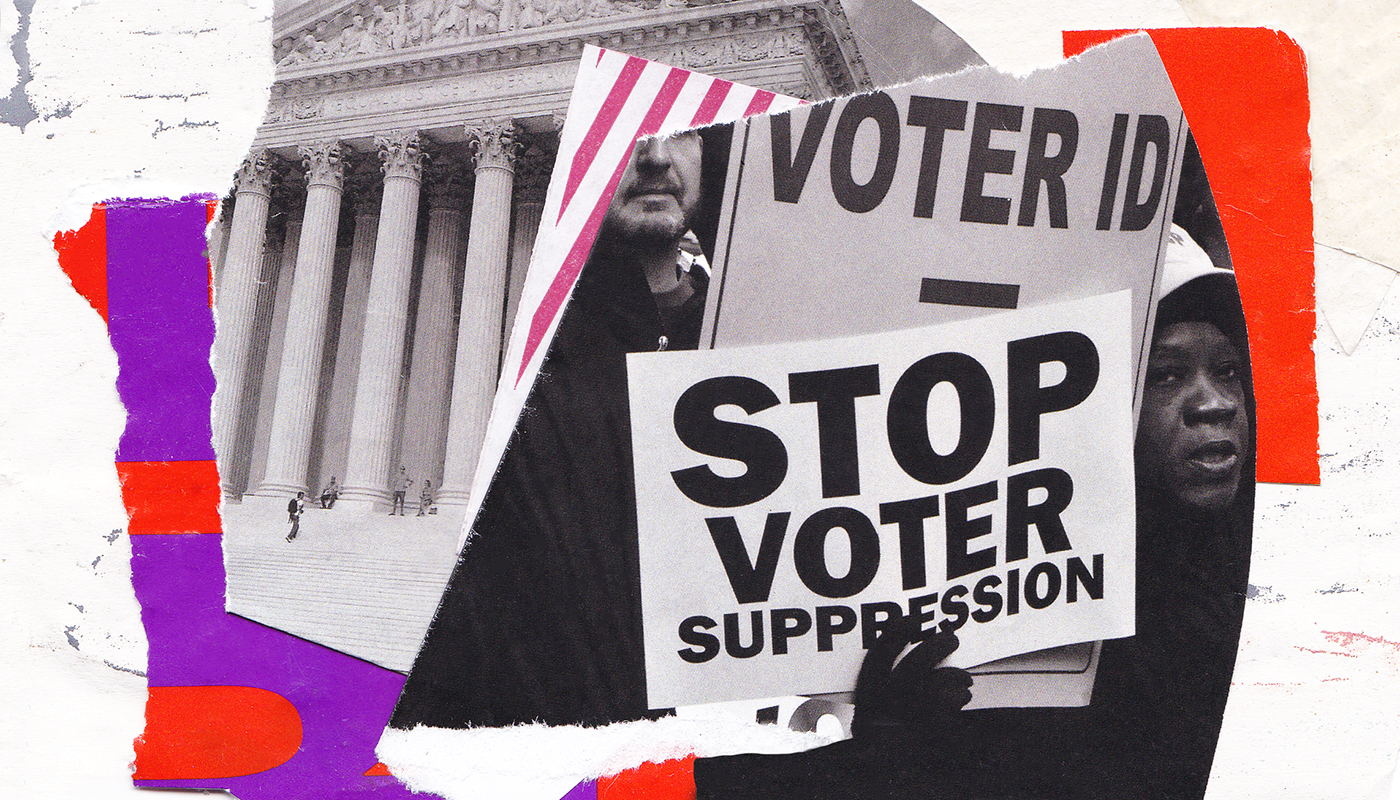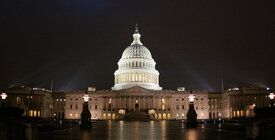What is the Voting Rights Act of 1965?
Regarded as the legislative crown jewel of the civil rights era, the Voting Rights Act was enacted as a comprehensive tool meant to undo the political hold of Jim Crow policies in the South and related discriminatory structures nationwide. Congress adopted the law to ensure that states followed the 15th Amendment’s guarantee that the right to vote not be denied because of race. The law fundamentally opened political opportunities for Black and brown communities to participate in all aspects of the political system on an equal basis.
Section 5 of the law requires jurisdictions with a history of discrimination to obtain approval from the Department of Justice or a court before changing voting rules, a process known as “preclearance.” Section 2 of the law allows people to sue — either on their own behalf or with the assistance of the Justice Department — to undo existing laws and procedures that would deny equal political opportunity to voters to elect their candidates of choice. However, these protections have been eroded by recent Supreme Court decisions.
Why was the Voting Rights Act enacted?
A nonviolent campaign in March 1965 by voting rights marchers in Alabama culminated in a televised, brutal attack by state police on the Edmund Pettus Bridge. The outrage over this incident prompted immediate national action in Congress, spurred by President Lyndon Johnson.
The law was a more fulsome response than prior, inadequate efforts to assure that states registered citizens and allowed them to vote regardless of race. Despite multiple court orders, including from the Supreme Court, several states created rules that denied or limited opportunities to vote for Black citizens, such as poll taxes and literacy tests. These schemes effectively undermined or eliminated the political power of Black communities, even where they were a majority of the population.
What are the effects of the Voting Rights Act?
The law has been a hugely successful shield against schemes that limit or dilute the voting power of communities with a history of being marginalized. This protection has been especially helpful in processes like redistricting, which has led to the election of hundreds of federal, state, and local candidates of color in states with a history of discrimination.
In the years after the Voting Rights Act’s passage, the disparity in registration rates between white and black voters rates dropped from nearly 30 percentage points in the early 1960s to 8 percentage points just a decade later. Based on this success, the Voting Rights Act was reauthorized multiple times. In 2006, the reauthorization passed both chambers of Congress with wide bipartisan support, passing unanimously in the Senate.
How has the Supreme Court changed the Voting Rights Act?
The Voting Rights Act has been a constant target of conservatives on the Supreme Court since its enactment. While the law has been renewed multiple times, the Court’s decisions in recent years have often worked to limit its application. Of greatest concern is the 2013 case Shelby County v. Holder, which effectively eliminated the use of preclearance. Following the decision, states that no longer had to get federal approval of new voting rules unleashed a wave of policies that made it harder to vote. And Brennan Center research has shown that the racial gap in voter turnout has grown in jurisdictions previously covered by Section 5.
In the absence of preclearance requirements, civil rights groups have needed to rely more on litigation under Section 2 to combat discrimination in the political system, but lawsuits to undo these unfair rules are both costly and take years — during which elections continue. And in its 2021 ruling in Brnovich v. Democratic National Committee, the Supreme Court made it harder to bring lawsuits under Section 2.
What are the prospects for the Voting Rights Act’s future?
Despite declining yet another invitation to depart from precedent to erode the law further in the recent case of Allen v. Milligan, the Supreme Court’s current majority has been quite clear in its hostility for the present means of combatting discrimination in politics and protecting fair representation. However, the Court is not the final say on the matter. Congress has specific authority under the 15th Amendment to craft necessary legislation to safeguard the right to vote absent race discrimination. Accordingly, a new law that adequately protects the right to vote for every citizen is well in order. The record supporting such a law would press the Supreme Court to respect a new and well-grounded congressional response to a present and clear need for federal oversight of our election system.








